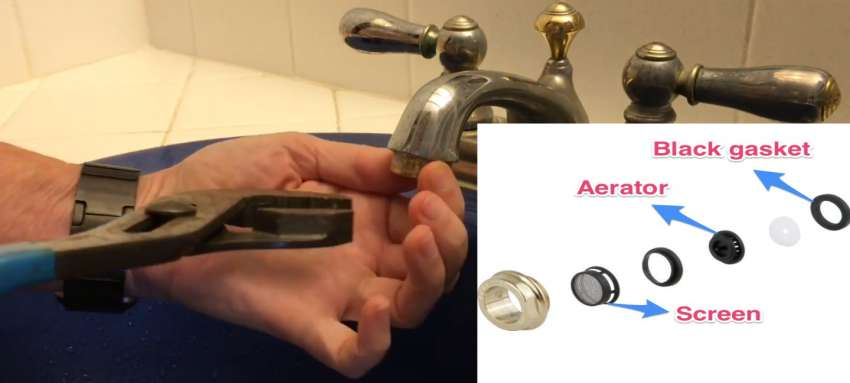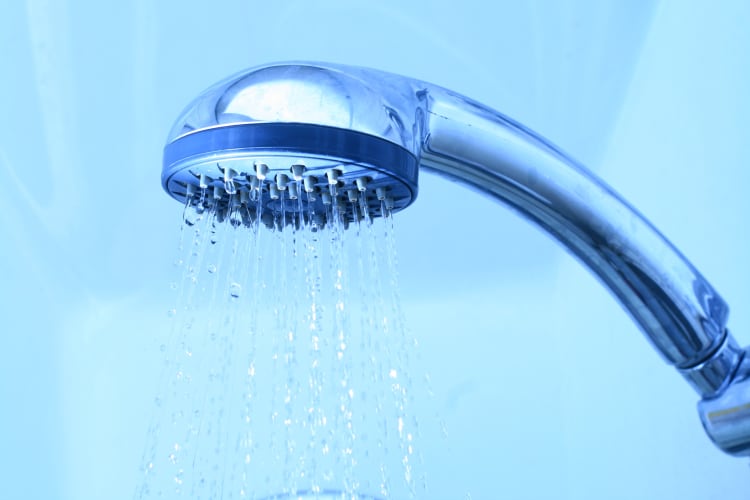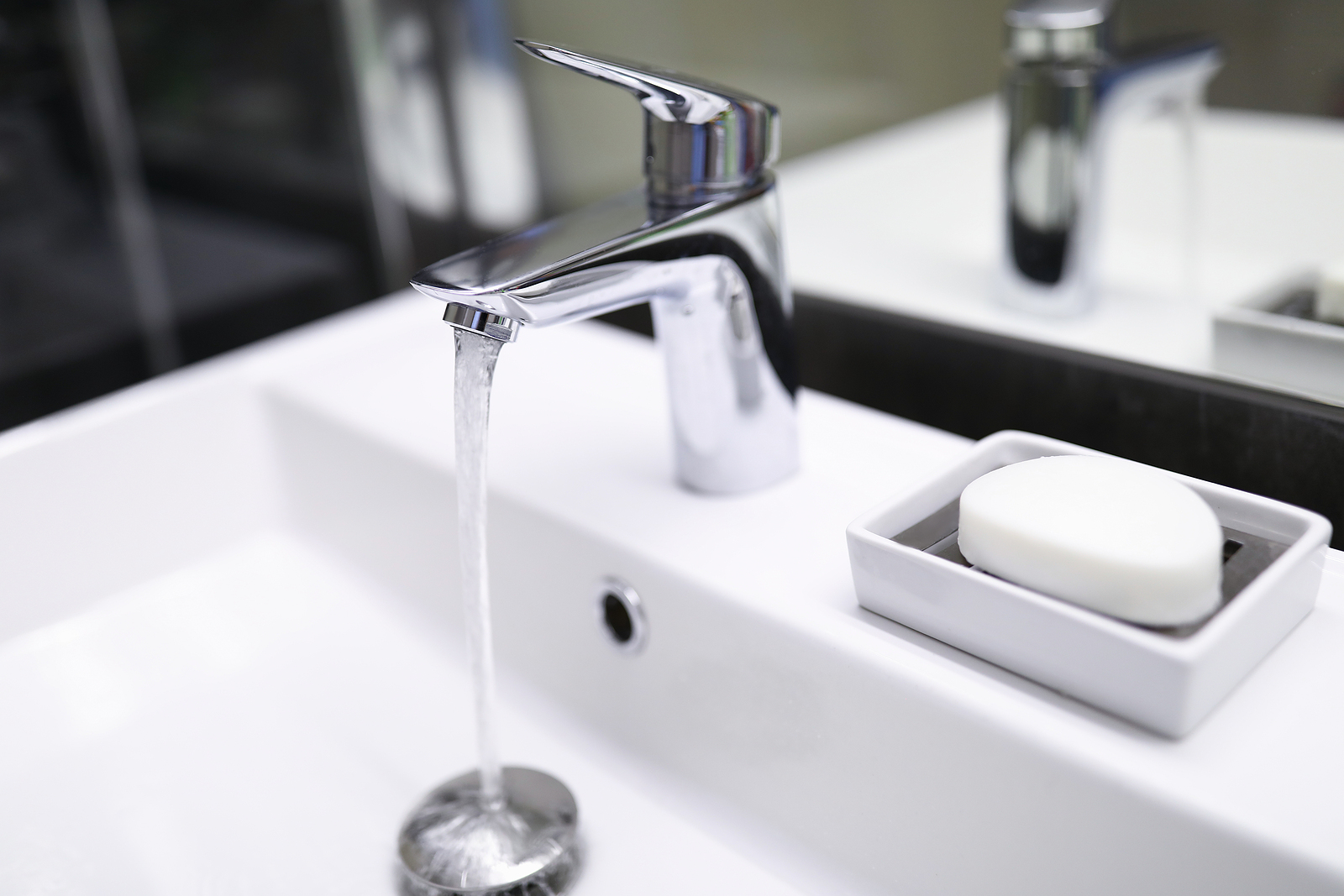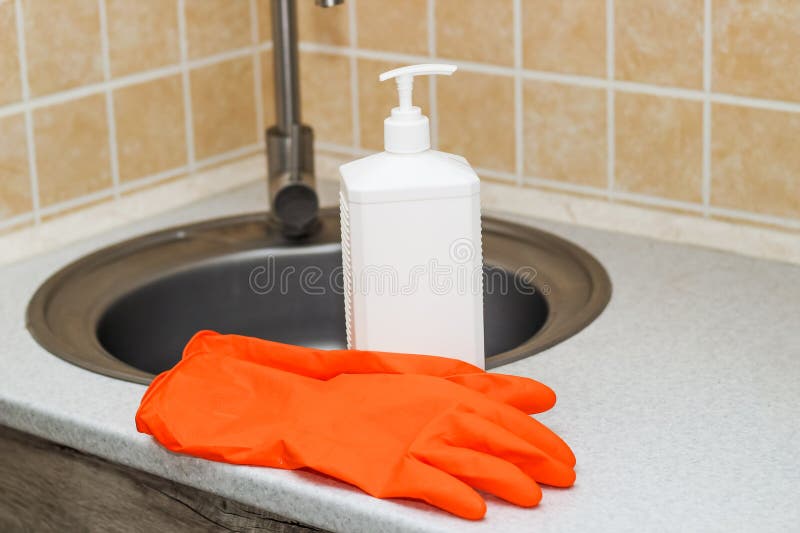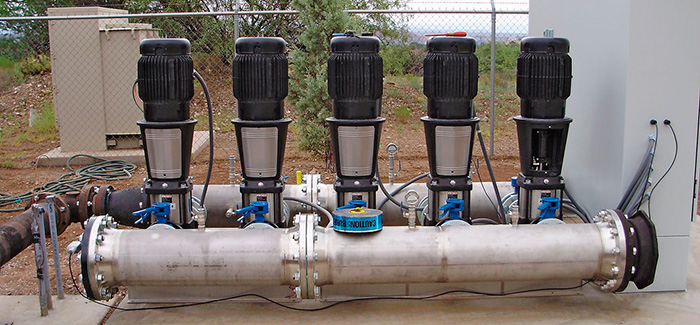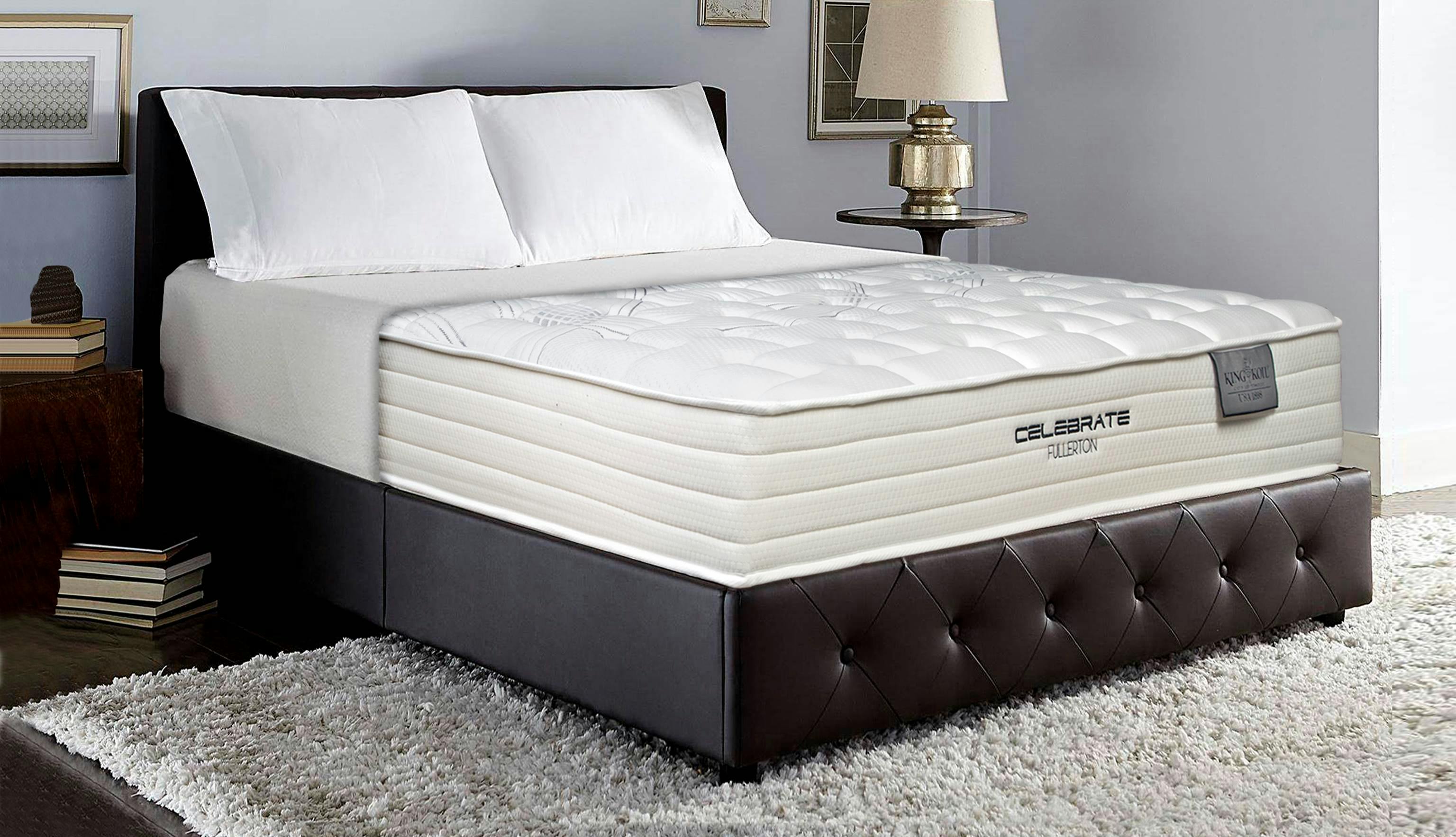If you're frustrated with the weak water pressure in your kitchen sink, you're not alone. Many homeowners struggle with this issue, which can make simple tasks like washing dishes or filling up pots take much longer than they should. Fortunately, there are several ways to increase the water pressure in your kitchen sink, so you can get back to efficient and hassle-free kitchen tasks. In this article, we'll explore the top 10 methods for improving the water pressure in your kitchen sink.How to Increase Water Pressure in Your Kitchen Sink
The first step to solving any problem is to figure out what's causing it. When it comes to low water pressure in your kitchen sink, there could be a few different culprits. It could be an issue with your plumbing, a clogged aerator or water filter, or even a problem with your water supply. The best way to troubleshoot low water pressure in your kitchen sink is to systematically check each potential cause until you find the source of the problem.Troubleshooting Low Water Pressure in Your Kitchen Sink
As mentioned, there are a few common causes of low water pressure in kitchen sinks. One of the most common culprits is a clogged aerator, which is the small screen at the end of your faucet that helps regulate water flow. Over time, this screen can become clogged with mineral deposits or debris, restricting the water flow. Another common cause is a clogged water filter, which can be found under the sink in some kitchen sink setups. Lastly, if you have low water pressure throughout your entire home, the issue may be with your main water supply or plumbing system.Common Causes of Low Water Pressure in Kitchen Sinks
If you've determined that the cause of your low water pressure is a clogged aerator, there are a few ways to fix it. The first and simplest method is to remove the aerator and soak it in a solution of vinegar and water to dissolve any mineral deposits. If that doesn't work, you may need to replace the aerator entirely. Alternatively, if you have a water filter under your sink, replacing the filter may improve water pressure. However, if the root cause is a plumbing issue, it's best to call a professional plumber to fix the problem.How to Fix a Weak Kitchen Sink Faucet
If you've ruled out any clogs or plumbing issues, there are still ways to increase the water pressure in your kitchen sink. One effective method is to install a water pressure booster, which is a small device that can be attached to your main water line to increase water flow and pressure. Another option is to install a new kitchen sink faucet with a higher flow rate. However, keep in mind that some older homes may have a limited water supply, so increasing water pressure too much could cause issues.Best Ways to Increase Water Pressure in Your Kitchen Sink
If you're unsure of your current water pressure, it's a good idea to check it before trying to increase it. This will give you a baseline to compare to after implementing any changes. To check your water pressure, you can use a pressure gauge, which can be purchased at most hardware stores. Simply attach the gauge to an outdoor spigot or your kitchen sink faucet and turn on the water to get a reading.How to Check Water Pressure in Your Kitchen Sink
If you're not ready to invest in a water pressure booster or new faucet, there are a few simple fixes you can try to increase water pressure in your kitchen sink. One method is to adjust the shut-off valves under your sink, which control the water flow to your faucet. Turning these valves counterclockwise can increase water pressure, but be careful not to turn them too much, as this could cause leaks. Additionally, cleaning the inside of your faucet with a brush or toothpick can help remove any debris that may be blocking water flow.Simple Fixes for Low Water Pressure in Your Kitchen Sink
If you have a newer faucet, it may come with a pressure regulator that can be adjusted to control the water flow. This regulator is typically located under the faucet handle and can be turned to increase or decrease water pressure. However, it's important to note that tampering with the pressure regulator can cause damage to your faucet, so it's best to consult the manufacturer's instructions or a professional plumber before making any adjustments.How to Adjust Water Pressure in Your Kitchen Sink
Preventative maintenance is key to maintaining good water pressure in your kitchen sink. Regularly cleaning the aerator, faucet, and any filters can help prevent clogs that can cause low water pressure. Additionally, if you have hard water, using a water softener can help prevent mineral buildup that can affect water flow. Lastly, if you notice any leaks or other issues with your faucet, it's important to address them promptly to avoid further damage.How to Clean and Maintain Your Kitchen Sink Faucet for Better Water Pressure
If you've exhausted all other options and still have low water pressure in your kitchen sink, it may be time to install a water pressure booster. This device can be installed on your main water line and will automatically increase water pressure when needed. However, it's important to have a professional plumber install the booster, as it requires proper placement and connection to your main water line for optimal efficiency and safety. In conclusion, low water pressure in your kitchen sink can be a frustrating issue, but there are several solutions available. Whether it's a simple clog, a plumbing issue, or the need for a water pressure booster, you can improve water pressure and make your kitchen tasks more efficient with these top 10 methods. Remember to regularly check and maintain your kitchen sink faucet to prevent future issues and enjoy strong water pressure for years to come.How to Install a Water Pressure Booster for Your Kitchen Sink
How to Optimize Water Pressure in Your Kitchen Sink

Understanding the Importance of Water Pressure in Your Kitchen
 When it comes to your kitchen, there are many elements that contribute to its functionality and efficiency. One important factor that often gets overlooked is water pressure. Having the right water pressure in your kitchen can make all the difference in your daily tasks, from cooking and cleaning to washing dishes.
Water pressure refers to the force of water coming out of your faucet or showerhead.
Without sufficient water pressure, you may experience slow or inconsistent flow, making it difficult to perform simple tasks.
This can be frustrating and time-consuming, especially in a busy household. Therefore, it is essential to optimize your water pressure to ensure smooth and efficient functioning in your kitchen.
When it comes to your kitchen, there are many elements that contribute to its functionality and efficiency. One important factor that often gets overlooked is water pressure. Having the right water pressure in your kitchen can make all the difference in your daily tasks, from cooking and cleaning to washing dishes.
Water pressure refers to the force of water coming out of your faucet or showerhead.
Without sufficient water pressure, you may experience slow or inconsistent flow, making it difficult to perform simple tasks.
This can be frustrating and time-consuming, especially in a busy household. Therefore, it is essential to optimize your water pressure to ensure smooth and efficient functioning in your kitchen.
Identifying Low Water Pressure in Your Kitchen Sink
 Before we dive into the ways to increase water pressure, it's important to first identify if you have low water pressure in your kitchen sink.
Some signs of low water pressure include slow or weak flow, sputtering or spurting water, and difficulty rinsing dishes or filling pots with water.
You can also perform a simple test by filling a gallon jug with water from your kitchen sink and timing how long it takes to fill. If it takes longer than 60 seconds, you likely have low water pressure.
Before we dive into the ways to increase water pressure, it's important to first identify if you have low water pressure in your kitchen sink.
Some signs of low water pressure include slow or weak flow, sputtering or spurting water, and difficulty rinsing dishes or filling pots with water.
You can also perform a simple test by filling a gallon jug with water from your kitchen sink and timing how long it takes to fill. If it takes longer than 60 seconds, you likely have low water pressure.
Causes of Low Water Pressure in Your Kitchen Sink
 There can be several reasons why you may be experiencing low water pressure in your kitchen sink.
One common cause is a clogged aerator, which is the small screen at the end of your faucet.
This can easily get clogged with mineral deposits or debris, reducing the flow of water.
Another culprit could be old or corroded pipes, which can restrict the flow of water.
It is also possible that there is an issue with your water supply line or a blockage in your plumbing system.
It's important to identify the root cause of your low water pressure to determine the best course of action.
There can be several reasons why you may be experiencing low water pressure in your kitchen sink.
One common cause is a clogged aerator, which is the small screen at the end of your faucet.
This can easily get clogged with mineral deposits or debris, reducing the flow of water.
Another culprit could be old or corroded pipes, which can restrict the flow of water.
It is also possible that there is an issue with your water supply line or a blockage in your plumbing system.
It's important to identify the root cause of your low water pressure to determine the best course of action.
Ways to Increase Water Pressure in Your Kitchen Sink
 One simple and cost-effective solution is to clean or replace your faucet aerator.
This can easily be done by unscrewing the aerator from the faucet and soaking it in a solution of equal parts water and vinegar.
You can also purchase a new aerator if cleaning doesn't improve the water pressure.
If you have old or corroded pipes, it may be necessary to hire a professional plumber to replace them. Another option is to install a water pressure booster, which can help increase the pressure in your plumbing system.
It's important to consult with a professional to determine the best solution for your specific situation.
One simple and cost-effective solution is to clean or replace your faucet aerator.
This can easily be done by unscrewing the aerator from the faucet and soaking it in a solution of equal parts water and vinegar.
You can also purchase a new aerator if cleaning doesn't improve the water pressure.
If you have old or corroded pipes, it may be necessary to hire a professional plumber to replace them. Another option is to install a water pressure booster, which can help increase the pressure in your plumbing system.
It's important to consult with a professional to determine the best solution for your specific situation.
Final Thoughts
 Having the right water pressure in your kitchen sink is crucial for a smooth and efficient household.
By understanding the importance of water pressure and identifying the causes of low pressure, you can take the necessary steps to optimize your kitchen sink's water pressure. Whether it's cleaning or replacing your faucet aerator, upgrading your pipes, or installing a water pressure booster, there are various solutions available to improve your water pressure.
Don't let low water pressure slow you down in the kitchen – take action today for a better functioning household.
Having the right water pressure in your kitchen sink is crucial for a smooth and efficient household.
By understanding the importance of water pressure and identifying the causes of low pressure, you can take the necessary steps to optimize your kitchen sink's water pressure. Whether it's cleaning or replacing your faucet aerator, upgrading your pipes, or installing a water pressure booster, there are various solutions available to improve your water pressure.
Don't let low water pressure slow you down in the kitchen – take action today for a better functioning household.





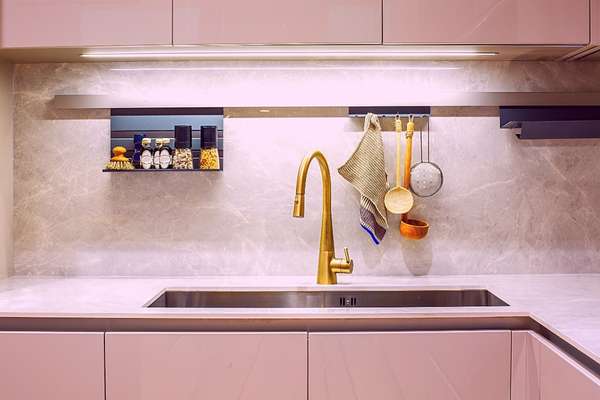



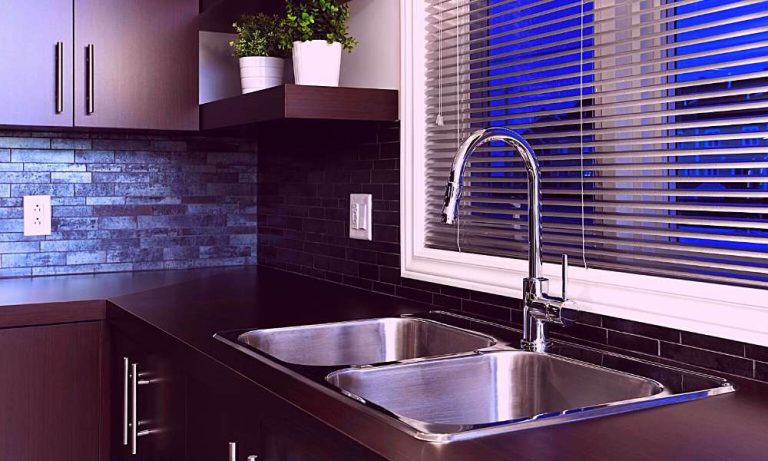




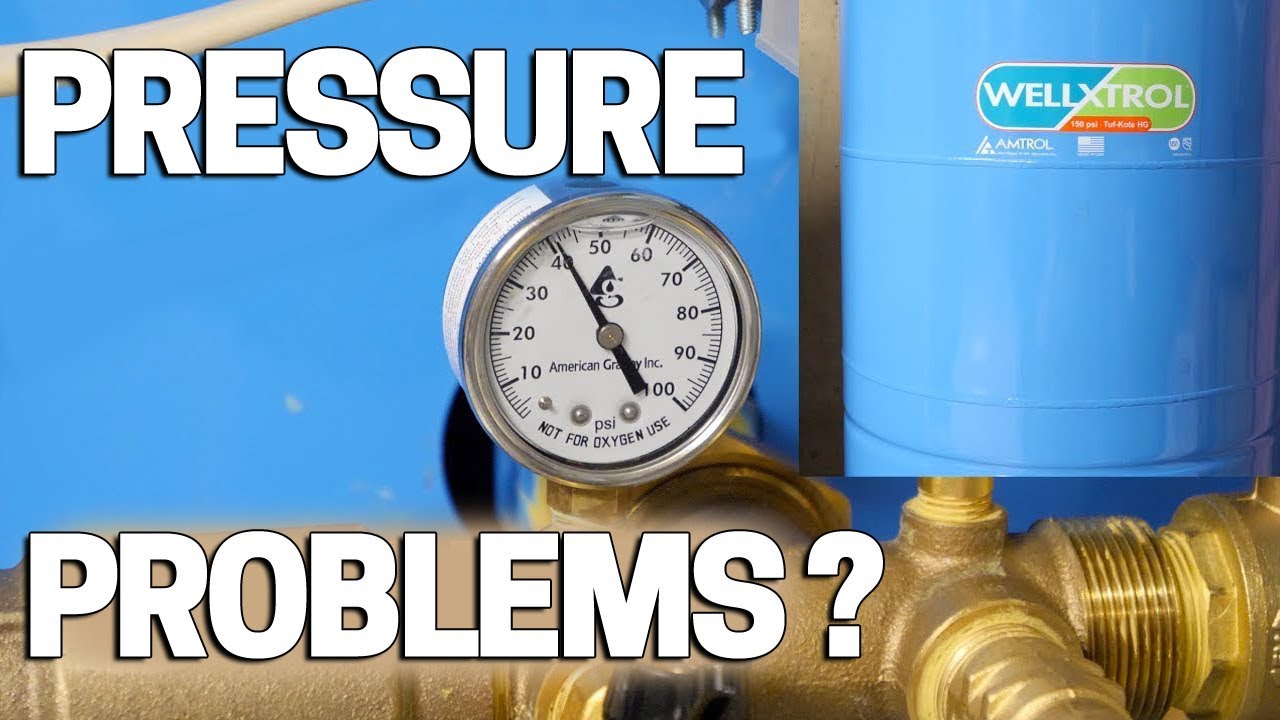
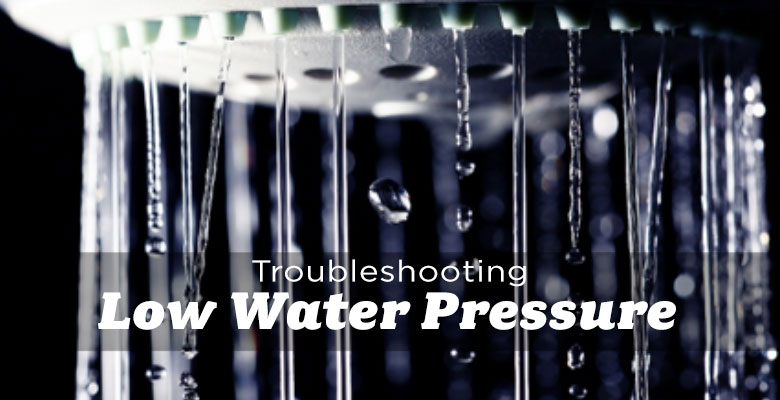












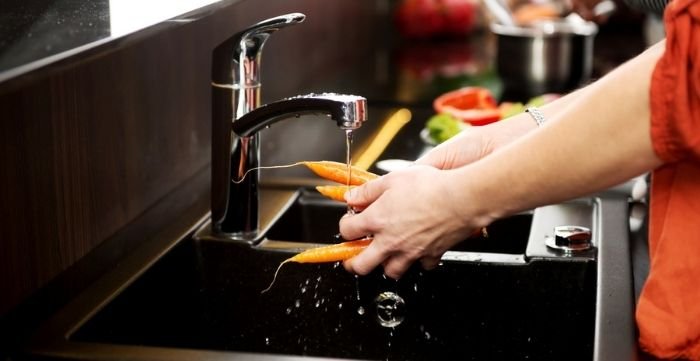



_.jpg)
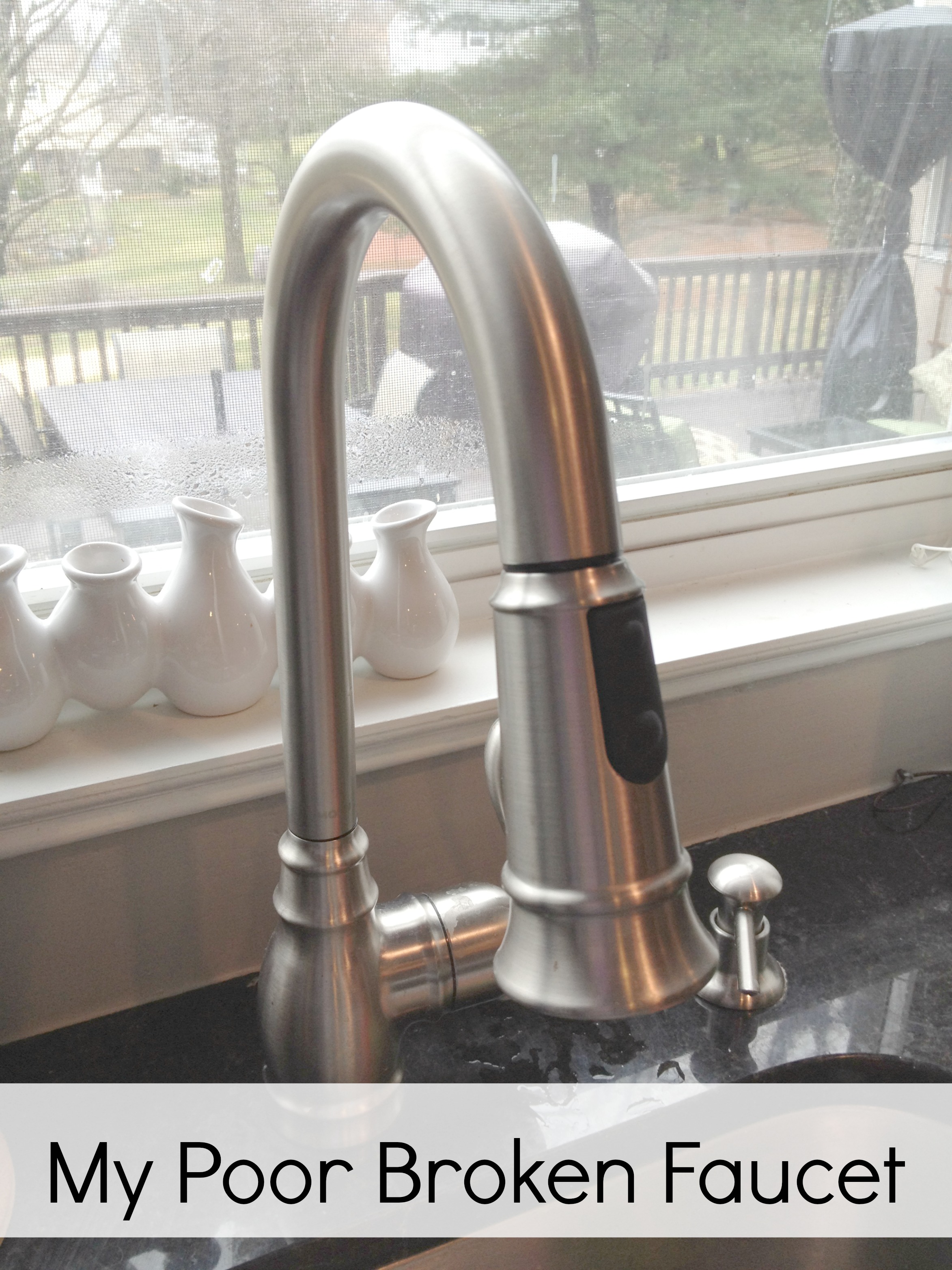




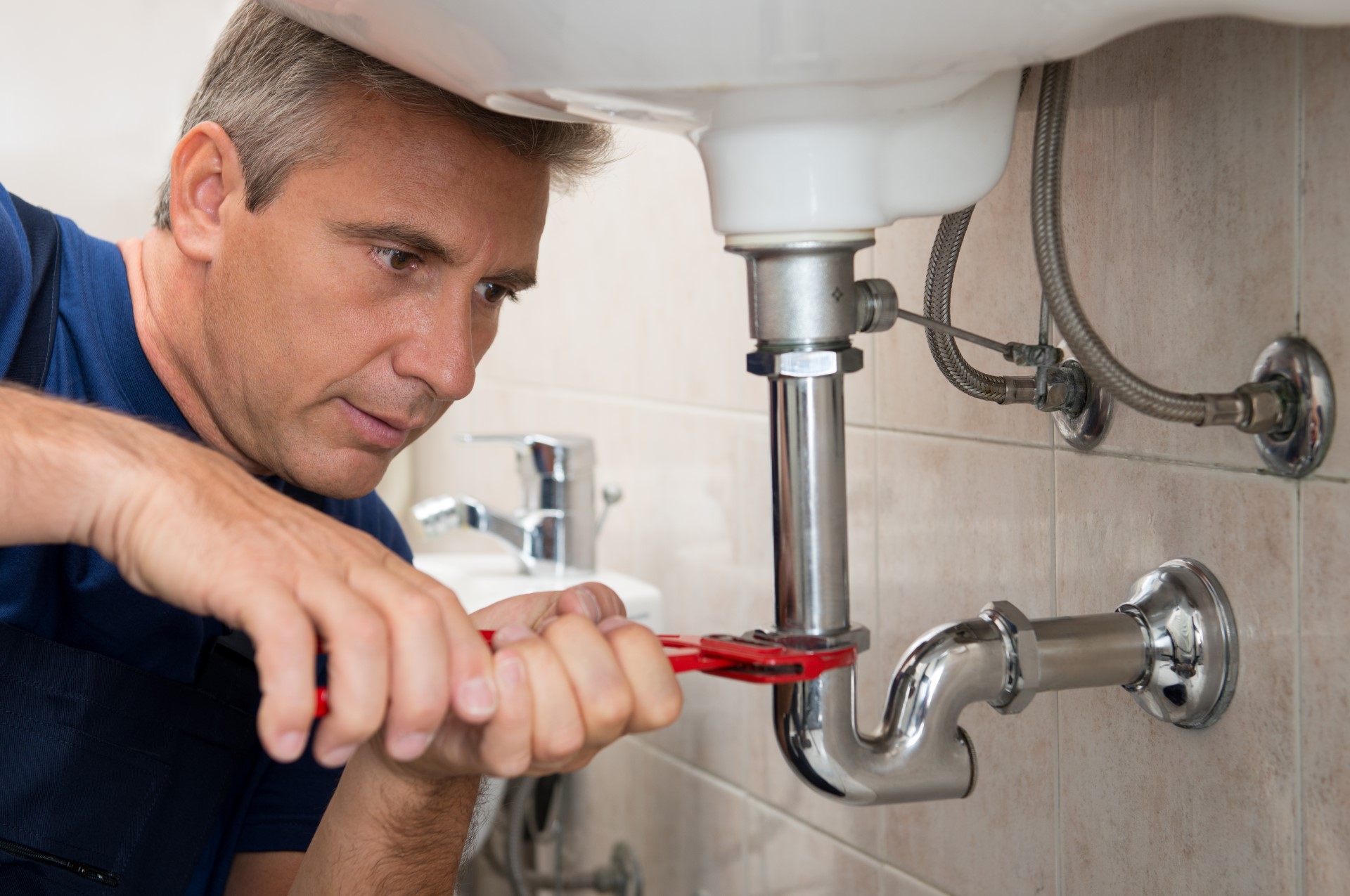

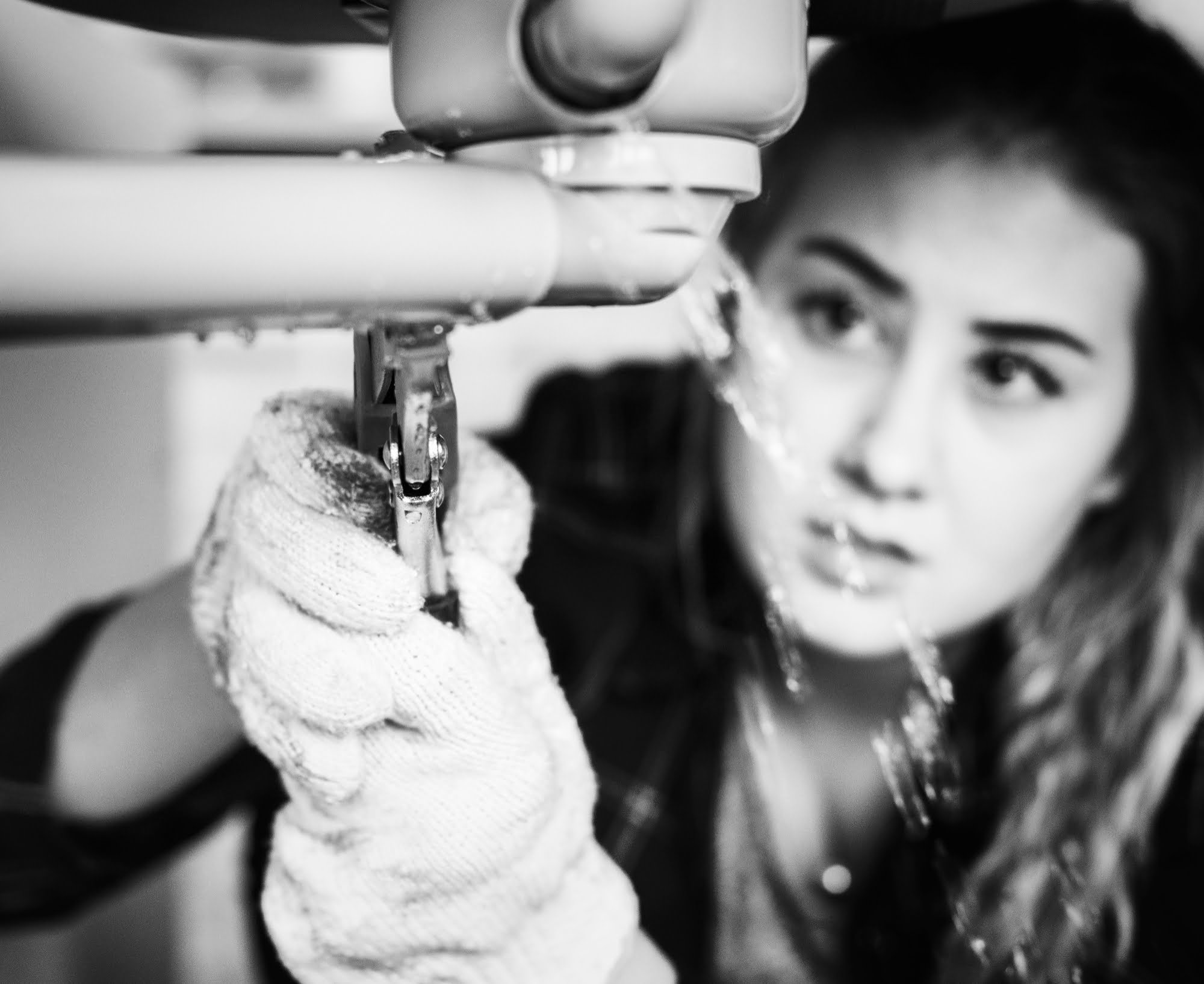








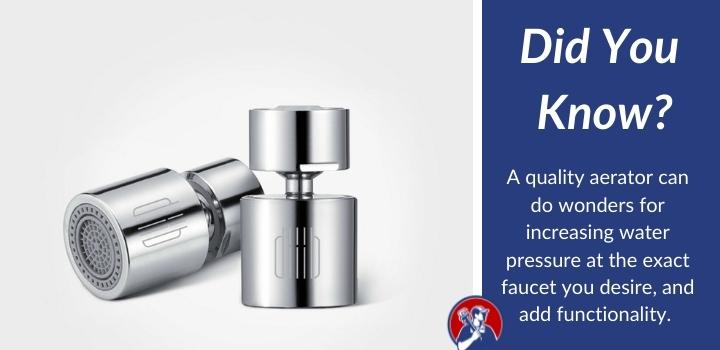

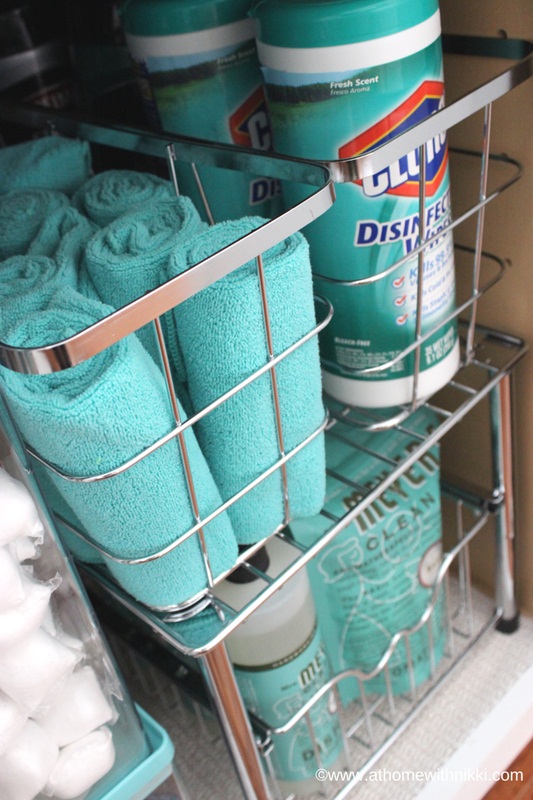
:max_bytes(150000):strip_icc()/testing-water-pressure-in-your-home-2718692-04-c37ab3236d0d4b61b87079ebf9ef823e.jpg)







